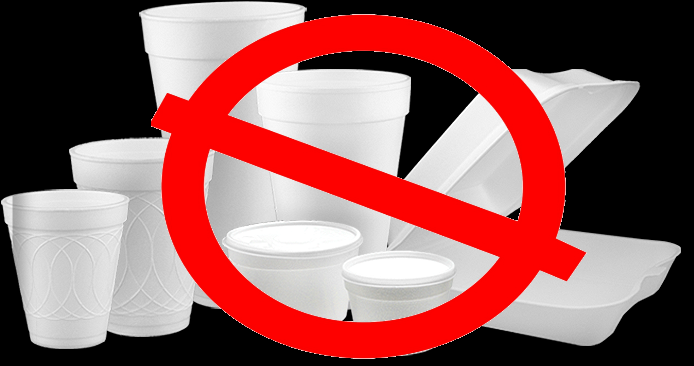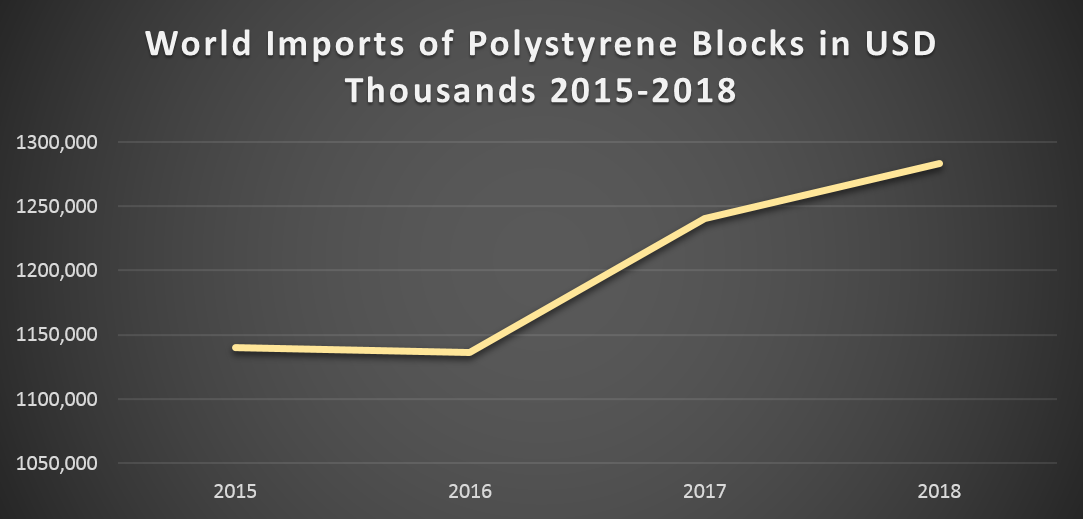What imagery comes to mind when you hear the word “Styrofoam”? Most people will think of food packaging while others will envision rivers and other waterways clogged with polystyrene debris. In a world where every day global citizens are becoming increasingly conscious of the carbon footprint they are leaving behind, Styrofoam has come into focus more and more as a topic of debate. But what impact are these developments having on manufacturers of Styrofoam in Trinidad and Tobago?
Fig 1. Map illustrating the ban of single use plastics and Styrofoam products. Source: UNEP Report on the Status of Styrofoam and Plastic Bag Bans in the Wider Caribbean Region July 2018. Note that Trinidad and Tobago has now been moved into the category of “Ban Announced”.
In the wider Caribbean there has been a growing movement towards banning the import of Styrofoam products including food packaging.
11 countries in the CARICOM region (at the time of publication) who have this ban in place while others like Trinidad and Tobago have announced a ban but have not as yet implemented it. It is expected that Trinidad and Tobago will follow through on the July 2018 ban announcement, sometime this year. The Government of Trinidad and Tobago has assured local Styrofoam manufacturers that they will be given sufficient time to make the necessary adjustments and to redirect their manufacturing efforts towards more environmentally friendly products.
So in light of this, how do local manufacturers get from Point A: production of goods that will soon be widely banned to Point B: producing environmentally friendly goods/non-single use Styrofoam goods? Firstly, manufacturers will have to take a look at the definition of “environmentally friendly” which in the category of food packaging does not always equate to simply paper based containers. For food packaging to be defined as sustainable it must be sourced using renewable energy, use clean production technologies, optimize materials and finally it must be beneficial, safe, and healthy for individuals and communities throughout its life cycle (The Sustainable Packaging Coalition, 2019). Analysing production processes will reveal the stages which need to be “greened” by local manufacturing companies which can then take the steps needed to get in line with this new environmentally conscious agenda. The use of post-consumer recycled fibre is one option which has the potential to be sustainable for food packaging by reducing resource utilization and environmental impact.
Another option for manufacturers is moving away from the creation of food packaging and towards the production of polystyrene (Styrofoam) blocks for the construction industry. Research has revealed that the production of Polystyrene blocks is on the rise (Market Study Report, 2018). The construction industry is projected to be the fastest-growing end-use industry in expanded polystyrene (EPS) until 2023. This product possesses ideal physical and mechanical properties for most insulating needs. It is an excellent design element, an ideal choice for green buildings, offers tangible environmental advantages that can maximize energy efficiency, provides improved indoor environmental quality, and enhances durability (EUMEPS, 2010). Through a green perspective, the recycling of polystyrene into concrete and building blocks keeps the material out of landfills.
Fig. 2 Graph showing the World Imports of Polystyrene Blocks (HS 3921.11) from 2015-2018. Growth occurred from 2016-2018 and is forecasted to continue. Source: ITC Trade Map https://www.trademap.org Accessed 26.06.2019
Environmental regulations will likely only become stricter in the future and by moving towards the production of eco-friendly goods such as polystyrene blocks and sustainably sourced packaging, companies can ensure that their production processes meet regulation requirements for pollution, energy saving, and recycle value of the materials produced. The movement against non-biodegradable products is a growing development that is bound to have a ripple effect on local manufacturers; one that proper planning and research can help mitigate.


